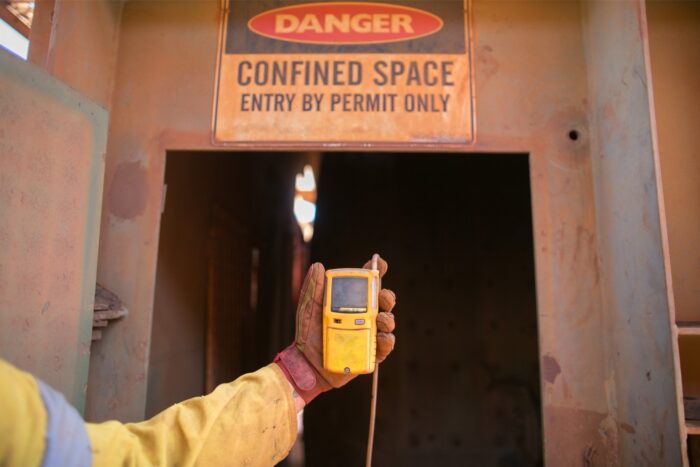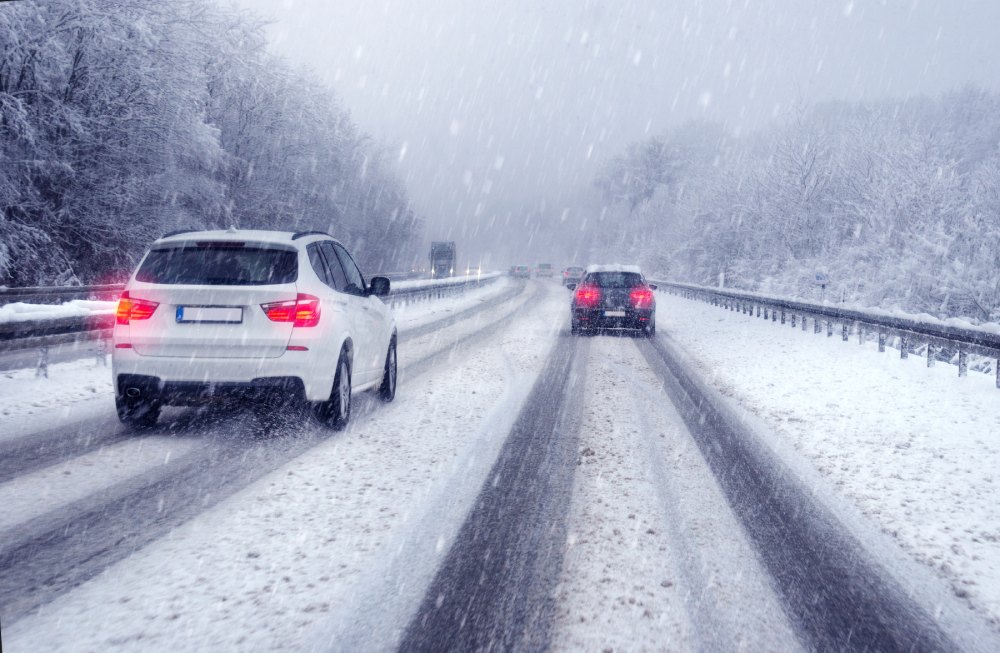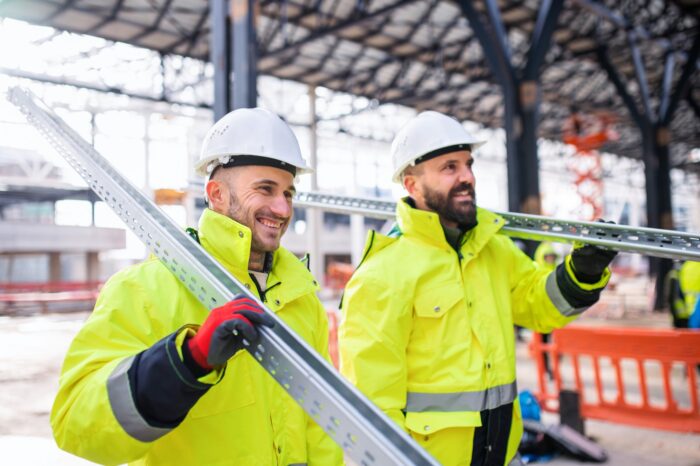
How to Prevent Confined Space Hazards & Incidents
Each year, hundreds of people die while working in confined spaces, and more than 60% of confined space deaths happen when others enter the space trying to rescue the other individual. While it’s hard to lose people who are doing their job, there are safety measures that can be put in place to eliminate confined space fatalities.
What is a confined space?
A space is considered confined if its configurations would hinder the activities of Team Members who enter, work in, or exit the space. The confined space may also increase the risk of exposure to physical injuries or a hazardous atmosphere.
By definition, a confined space:
- Is large enough for a Team Member to enter fully and perform assigned work
- Is not designed for continuous occupancy by the Team Member
- Has a limited or restricted means of entry or exit
Examples of confined spaces include underground vaults, tanks, storage bins, pits, vessels, silos, and other similar areas.
Permit-Required Confined Space
Some spaces require a permit before entry into the space. A permit-required confined space meets the same requirements as a confined space and has one or more of the following:
- Contains or has the potential to contain a hazardous atmosphere
- Contains a material with the potential to engulf someone who enters the space
- Has an internal configuration that might cause an entrant to be trapped or asphyxiated by inwardly converging walls or by a floor that slopes downward and tapers to a smaller cross-section
- Contains any other recognized serious safety or health hazards
Preventing Confined Space Incidents
Types of Confined Space Hazards
Depending on the type of confined space, there can be multiple different hazards present, but unseen. Taking the time to monitor for hazards before entering the confined space may prevent you from any possible illnesses or even death. Before entering, check for:
- Hazardous Atmospheres
- Engulfment Hazards
- Hazardous configurations
- Any additional hazards
Equipment, Training & Permits
Before entering the confined space, it’s also important to make sure you have the proper equipment, training, and permits.
Equipment
- Ventilation equipment
- Gas monitoring equipment
- Respiratory protection
- Harnesses, lanyards, and rescue systems
Training
Make sure everyone involved in the process has the proper training they need to perform their roles correctly and safely. This can include individuals such as the entry supervisor, attendant, authorized entrants, and emergency rescue personnel.
Permits
Make sure all the proper permits have been completed before entering the confined space. Continue to monitor the confined space as work is being done to ensure those involved are still safe in their work.
Confined Space Cleaning Assistance
EnviroServe Team Members are trained in OSHA 29 CFR 1910.146 confined space training and can help you safely tackle your cleaning needs while preventing hazards and incidents. Contact us or call (800) 488-0910 to learn more.




